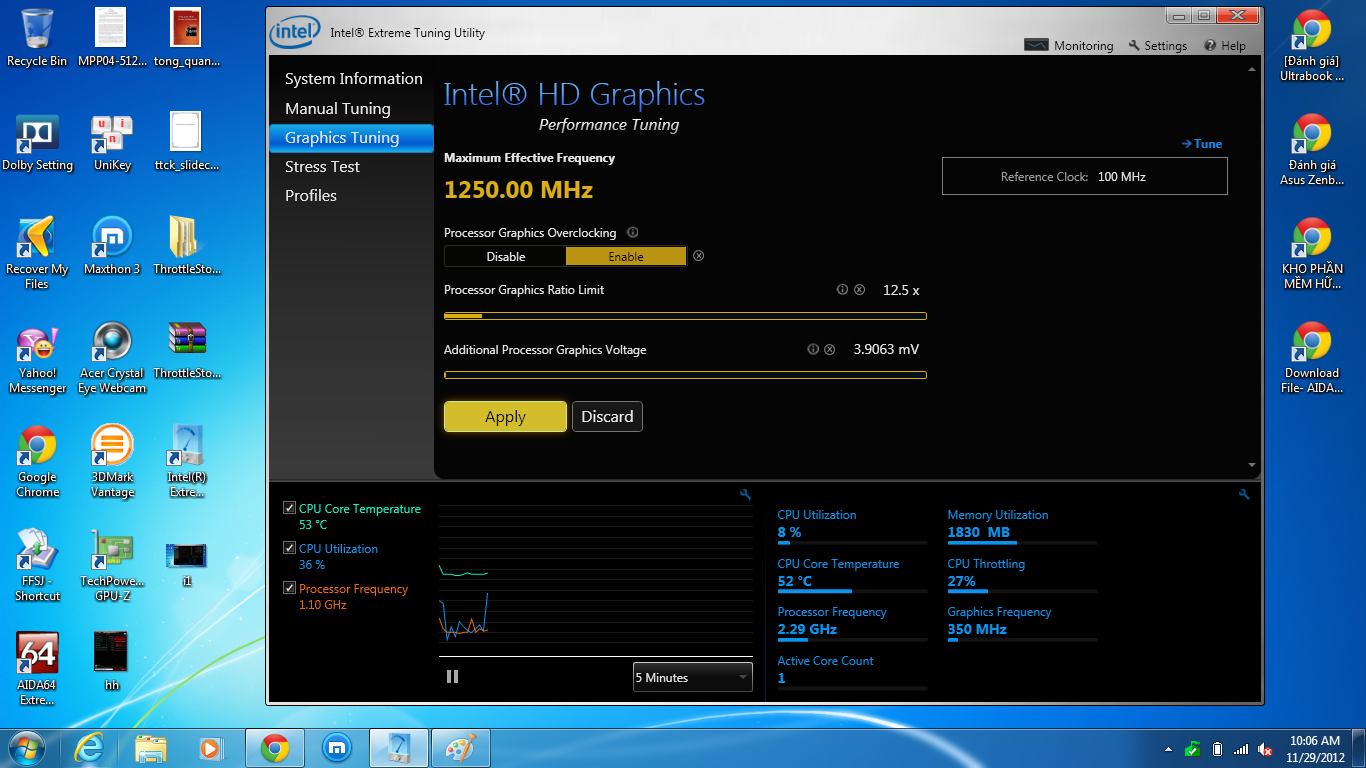
.png)
Select the Troubleshoot option from the left pane. Press Win + I from the keyboard and click on the Update & Security option. Early OCers found that out the hard way in early OC attempts when cpus were burning out in less than 6 months with constant voltages of 1.35v - 1.4v ish range.

i guess adaptive voltage would be better to set this way to only use 1.15V when boosting all cores? but i don't know how it really works and what should be set in biosĮdit: so i have been experiencing with adaptive voltage in tting this value to 1.25V and all cores sync and boost to 4.6ghz, IA DC/AC LOADLINE set to 0.1.

It seems like there are some problems with ''idle'' voltage but not the load voltage (hwinfo reports 1.152Vcore when running stress apps if offset in XTU is -0.145) i could just manual voltage from the bios but i don't really want it to run at that voltage all the time even at IDLE. the problem is that after stress test is done, right after 1-2minutes of web browsing it crashes and restarts the pc to default. results achieved are much lower load temps and power usage. Manage to lower it to -0.145V(if i go -0.150V is insta crashes right after applying) at -0.145V it runs in stress testes like prime95 and OCCT5 with no crashes. The problems i'm encountering right now is with XTU when lowering core voltage offset seem to be linked with very low voltage values in IDLE (web browsing) which lead to pc resets. because like i said 1.28-1.3v while in games and 1.36V in stress tests with autovoltage seems too high,ppl usually oc with these values so first of all i was for now trying to undervolt not neceserally OC,my i5 9600k on asus z370 PII board runs 4.3ghz boost all 6 cores and 4.6ghz on 1-2cores.


 0 kommentar(er)
0 kommentar(er)
